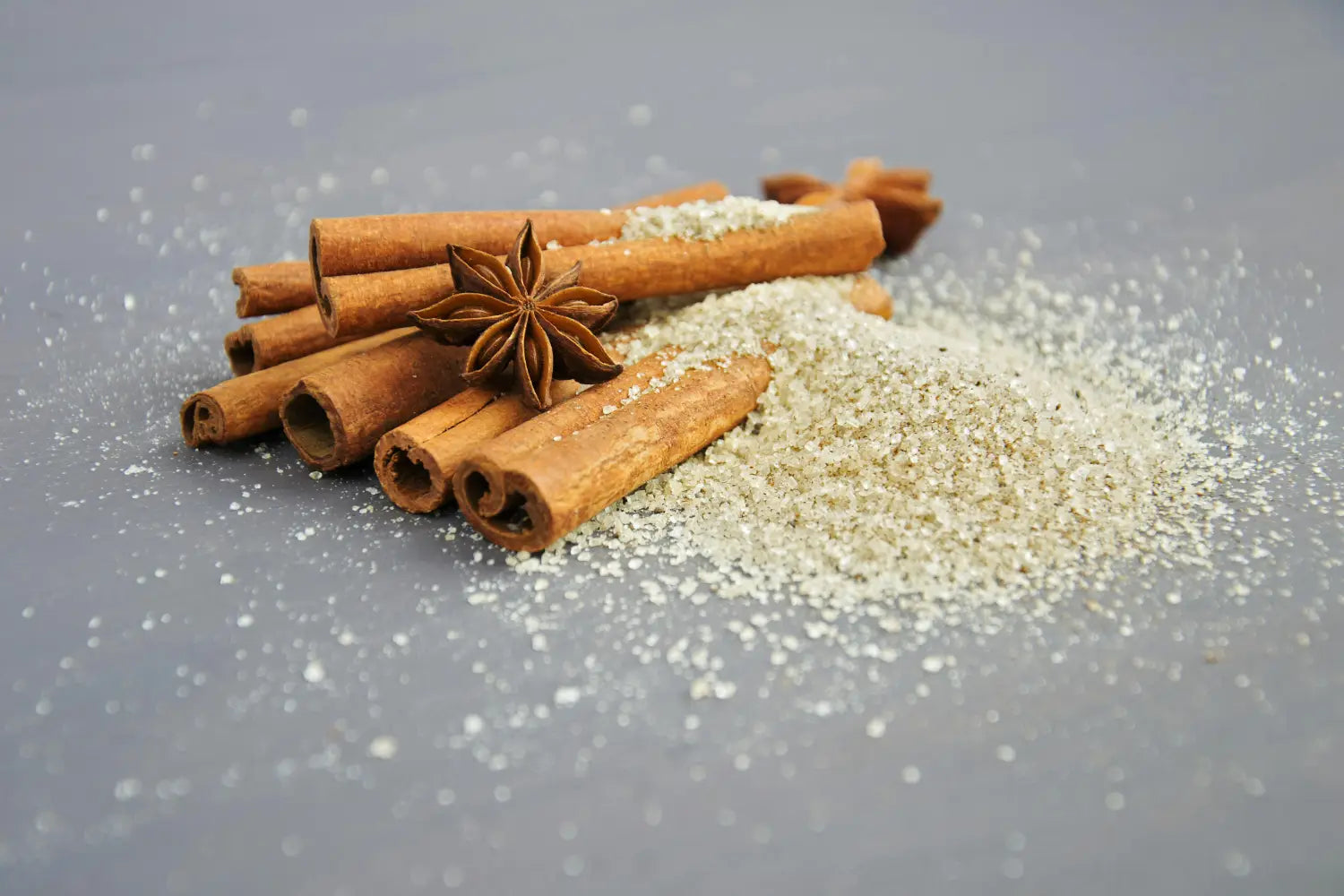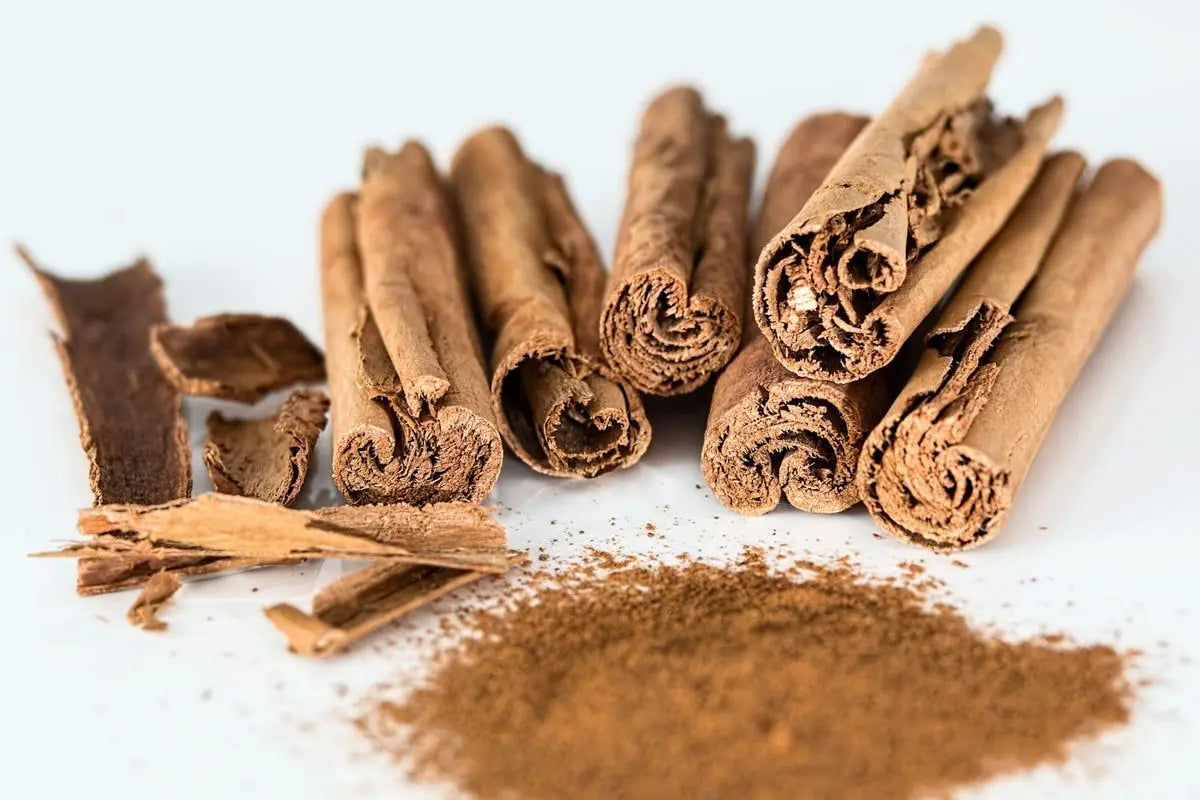Cinnamon is a beloved spice found in kitchens across America. From sprinkling on oatmeal to enhancing desserts and savory dishes, cinnamon adds a warm, sweet flavor that many cherish. However, not all cinnamon is created equal. The two primary types you’ll encounter are Ceylon cinnamon powder and Cassia cinnamon — but what sets them apart? In this blog post, we’ll explore the real differences between Ceylon and Cassia cinnamon, so you can make an informed choice for your pantry.
Origins and Appearance: Ceylon vs Cassia Cinnamon
Ceylon cinnamon, often called "true cinnamon," originates from Sri Lanka (formerly Ceylon), while Cassia cinnamon comes mainly from China, Indonesia, and Vietnam. The distinct origins influence not only their flavor but also their physical appearance.
Ceylon cinnamon powder has a lighter, tan color and is made from the inner bark of the Cinnamomum verum tree. The bark is thin and soft, which often curls into delicate, multiple-layered rolls or quills. When ground, it produces a fine powder with a subtly sweet aroma.
In contrast, Cassia cinnamon tends to be darker red-brown or reddish in color. It is made from the thicker bark of the Cinnamomum cassia tree and usually curls into a single thick quill. Cassia powder is coarser and stronger in aroma, with a more pungent scent.
Recognizing these differences in color and texture can help you spot authentic Ceylon cinnamon powder in stores or online, especially when shopping for cooking or baking ingredients.
Flavor Profiles and Culinary Uses
While both types of cinnamon add warmth and sweetness to recipes, their flavor profiles differ noticeably.
Ceylon cinnamon offers a mild, delicate, and slightly citrusy flavor, making it ideal for recipes where a subtle cinnamon note is preferred. Its gentle taste blends well in desserts like custards, cakes, and fruit dishes, and it can complement beverages such as tea and coffee without overpowering other flavors.
Cassia cinnamon, on the other hand, provides a more robust, spicy, and somewhat bitter flavor. This makes it popular in dishes requiring a stronger cinnamon presence, such as hearty stews, chili spice blends, and traditional American baked goods like cinnamon rolls or apple pie.
For American home cooks and professional chefs alike, understanding these flavor differences can elevate your culinary creations and help you select the right cinnamon type for each dish.
How to Choose and Store Ceylon Cinnamon Powder
If you’re considering adding Ceylon cinnamon powder to your kitchen, it’s helpful to know how to choose high-quality cinnamon and store it properly.
When buying Ceylon cinnamon powder, look for reputable suppliers or brands that specify “Ceylon” or “true cinnamon” on the packaging. Authentic Ceylon cinnamon is usually more expensive than Cassia due to its origin and harvesting process, but many find the quality and flavor worth the investment.
Storage is also crucial to maintain the cinnamon’s freshness and flavor. Keep your cinnamon powder in an airtight container, away from heat, moisture, and direct sunlight. This will help preserve its aroma and taste for several months.
Whether you use cinnamon for cooking, baking, or sprinkling over your morning coffee, selecting the right cinnamon and storing it well ensures you enjoy its unique qualities every time.
Final Thoughts
While Ceylon cinnamon powder and Cassia cinnamon might look similar at first glance, their origins, appearance, and flavors set them apart. By understanding these differences, American consumers can make informed choices and appreciate the subtle nuances of this beloved spice in their everyday cooking.



